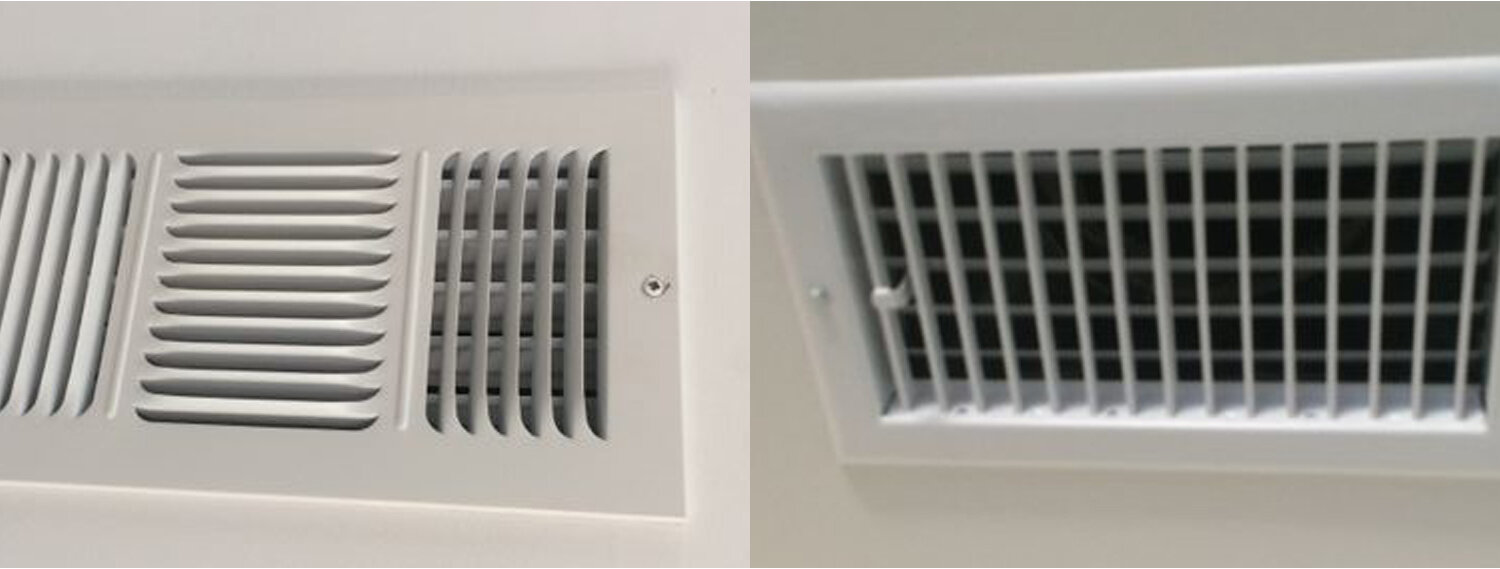
DUCT TESTING HINTS AND PRE-TEST CHECKLIST
All walls are dry and dust free.
All duct supply boxes are caulked (mastic, DP10/10, silicon, etc.) to the drywall (registers do NOT need to be caulked to the wall).
Return box(es) are caulked to the ceiling/wall underneath the return grille frame.
All joints and seams of forced air unit (FAU), return and supply plenum are taped and mastic applied on top of taped seams.
All Start Collars on supply and return plenums have mastic both inside and outside. Start collars sealed with only tape will leak air!
All holes and penetrations in evaporator coil casing such as around drain lines, refrigerant lines, extra pop-outs, etc. are caulked or cork tape applied. Coil seam if there is one is taped. Rubber grommets around the liquid and gas lines are not air tight and should be covered in mastic.
All duct connections are taped, zip tied AND mastic (DP10/10) applied ideally to the inner lining and metal joints or over the tape of the inner lining onto the metal joint.
MINIMUM AIRFLOW TESTING HINTS AND CHECKLIST
Filter is clean and new.
Filter is non-pleated mesh type.
Return and supply registers are "bar" type, not "stamped" type.
Return ducting size is no less than Diameter 1 in the table 150.0 C/D and recommended to be doubled, and return grilles are also (per California Building Code Table 150.0. C/D.)
REFRIGERANT CHARGE VERIFICATION HINTS
Ideal conditions to test refrigerant levels: the temperature in the house is over 75° and the temperature outside is 65° or higher.
The target sub-cooling temperature can usually be found either on the condenser label or in the installation paperwork for the condenser.
Most systems typically need to have some refrigerant added to them, even when the manufacturer claims that the condenser is pre-charged for 25 feet of line set; this level is almost never sufficient. Occasionally systems are over charged and some refrigerant needs to be recovered.









